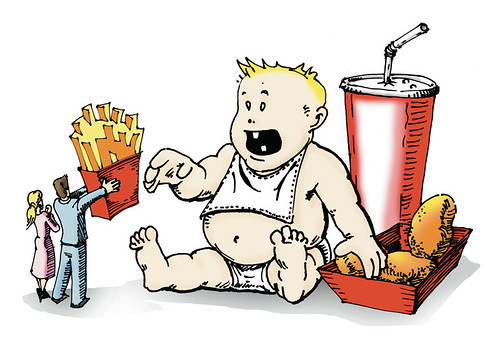
We all know that there are many excuses why people don’t exercise or don’t exercise enough. Are they valid? I polled colleagues to come up with a top ten list of excuses. Let’s explore them David Letterman-countdown style:
#10 You’re Too Embarrassed to Start
Really… it’s surprising how often we’ll hear “I’ll go to the gym after I lose some weight.” People can be very worried about what other club members are thinking about them. In fact, whatever shape you are in, by going to the club, you draw admiration because you chose to come in and change it. See Priscilla’s story on Fit at Five.
#9 You Have No Motivation
Change in behavior takes two beliefs: you must believe you can change and you must believe it’s worth it to change. There’s your motivation question: Is it worth it? Specifically, how would you feel differently if you reached your goals? How would your life be different? Your health? Now, is going to the club, working out, watching what you eat, worth it?
#8 You Don’t Know What to Do/How to Start
As with anything new, from ballroom dance, learning to play an instrument, to using a new computer program, get professional instruction. In this case, hire a Personal Trainer or take a group exercise class.
#7 Exercise is Boring/Don’t Like to Exercise
This is usually because people hold a stereotypical view of what exercise is. Yes, it can be the gym/club activities, but it is also all forms of dance, sports, yard work, and more importantly, physical play. If you’re bored or don’t like to exercise, you just haven’t found the right activity yet…
Continue reading »






